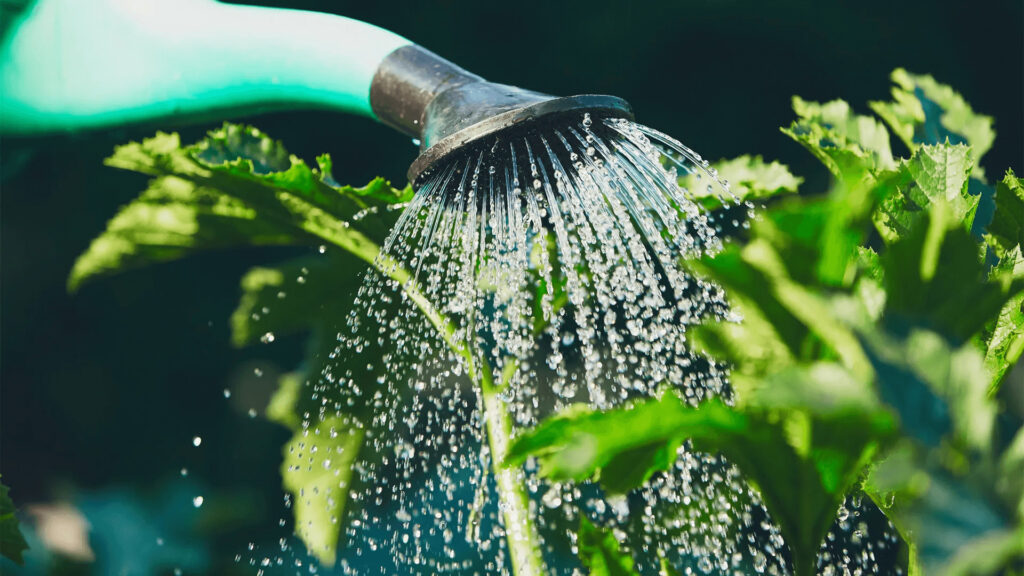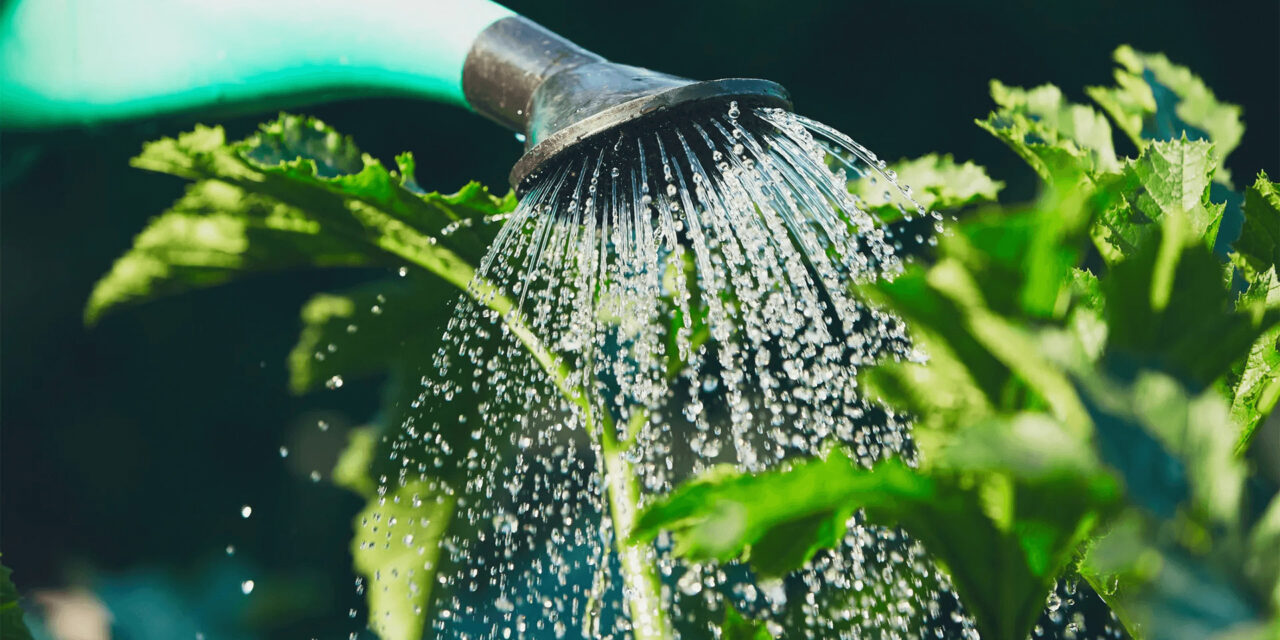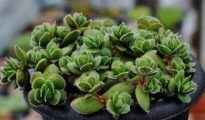Watering plants is an essential aspect of gardening that often goes beyond mere convenience. Proper watering not only nourishes plants but also supports their growth, health, and overall vitality. While it may seem like a simple task, the timing of watering can significantly impact plant health and productivity. In this comprehensive guide, we will delve into the fascinating world of plant watering, exploring the science behind it, and uncovering the secrets of the best time to water your beloved greens.

The Science of Watering Plants
Before we dive into the ideal timing for watering, it's crucial to understand the scientific factors at play. Plants rely on water for various physiological processes, including photosynthesis, nutrient absorption, and transpiration. Water helps transport essential nutrients from the roots to the leaves, allowing plants to grow and thrive.
Understanding the soil type, plant species, climate conditions, and the stage of plant growth are all fundamental elements in determining the watering needs of your plants. Sandy soils, for instance, drain water quickly, while clay soils hold onto moisture for longer periods. Different plant species also have varying moisture requirements, and certain climates demand more frequent watering due to higher evaporation rates.
Morning Delight: The Benefits of Early Watering
Watering your plants in the morning is widely regarded as the most advantageous time of the day. Here's why:
a. Conserving Water: Morning watering allows plants to utilize the moisture effectively throughout the day, reducing water loss due to evaporation. The cool morning temperatures also decrease the risk of excessive water evaporation.
b. Disease Prevention: Watering in the morning helps plants dry off quickly, minimizing the chances of diseases caused by prolonged moisture on leaves and stems. Fungal infections, such as powdery mildew and black spot, thrive in moist conditions, making early watering a preventive measure.
c. Photosynthesis Boost: Providing plants with water in the morning allows them to kick-start their photosynthetic processes promptly. With ample water available, plants can efficiently produce the sugars and energy needed for growth.
d. Stronger Roots: Morning watering encourages plants to develop a robust root system. Moist soil during the day promotes root growth, as plants can absorb water and nutrients when they need them most.
The Afternoon Quandary: Debunking Watering Myths
Many gardeners question whether watering plants during the afternoon is beneficial or harmful. Let's shed light on the matter:
a. Myth of Leaf Burning: Some believe that watering plants during the hottest part of the day leads to leaf burn due to water droplets acting as magnifying lenses. However, this notion is largely unfounded, as water droplets evaporate quickly, and any potential lens effect is minimal.
b. Plant Cooling: While afternoon watering may provide some temporary relief from heat stress, the water evaporates rapidly due to high temperatures. Consequently, plants may not benefit significantly from this watering time.
c. Watering in Arid Climates: In extremely arid regions, afternoon watering might be a viable option, as it allows plants to replenish their water supply during the hottest hours. However, it is essential to ensure that the water reaches the roots and does not evaporate before absorption.
Evening Watering:
A Last Resort Watering plants in the evening should generally be avoided, as it can create a damp environment conducive to disease development. However, certain circumstances may warrant evening watering:
a. Hotter Climates: In areas with scorching temperatures, evening watering may offer a reprieve from the heat stress. The water provides a cooling effect and replenishes moisture levels overnight.
b. Established Plants: Well-established plants with deep root systems are more tolerant of evening watering. Their extensive root networks can absorb moisture efficiently, minimizing the risk of diseases caused by prolonged leaf wetness.
c. Watering Strategy: If evening watering is necessary, it's crucial to adjust your approach. Avoid overhead watering and focus on delivering water directly to the base of the plants. This helps prevent foliage from remaining wet overnight, reducing the likelihood of fungal growth.
Tailoring Watering to Plant Needs
While general guidelines for watering are helpful, it's important to consider the specific needs of different plants:
a. Plant Types: Different plants have unique water requirements. Succulents, for example, prefer infrequent but deep watering, while leafy vegetables may need more frequent watering due to their shallow root systems.
b. Growth Stage: Adjust watering frequency and amount based on the growth stage of your plants. Seedlings and young plants require more regular watering to establish their root systems, while mature plants may need less frequent watering.
c. Container Gardens: Container plants tend to dry out faster than those in the ground, so they may require more frequent watering. Monitor the moisture levels in containers closely to ensure the plants stay hydrated.
d. Weather Conditions: Be attentive to weather patterns, particularly during hot, dry spells or rainy periods. Adjust your watering schedule accordingly to maintain a balance between moisture and drainage.
Practical Watering Tips
To ensure optimal watering practices, here are some practical tips to consider:
a. Monitor Soil Moisture: Regularly check the moisture levels of your soil by sticking your finger an inch or two into the ground. If it feels dry, it's time to water.
b. Water Deeply: When watering, aim to moisten the soil to a depth that encourages deep root growth. Shallow watering can lead to weak root systems and water-dependent plants.
c. Mulching: Apply a layer of organic mulch around your plants to help retain soil moisture, regulate temperature, and reduce weed growth. Mulching also minimizes evaporation, improving water efficiency.
d. Watering Tools: Choose appropriate watering tools, such as soaker hoses or drip irrigation systems, that deliver water directly to the base of the plants. These methods minimize water wastage and ensure efficient absorption.
Watering plants is a vital practice for any gardener, and the timing plays a crucial role in plant health and productivity. While morning watering is generally recommended due to its various benefits, the specific needs of your plants, climate conditions, and growth stage should also be taken into account. Avoiding evening watering, unless in specific circumstances, helps prevent disease development. By understanding the science behind watering and tailoring your approach to your plants' needs, you can create an environment that fosters healthy growth and vibrant plant life.
Remember, successful watering is a delicate balance between providing adequate moisture and avoiding excess. By following these guidelines and paying attention to your plants' cues, you'll be well on your way to becoming a proficient plant caregiver, ensuring the lushness and vitality of your garden for years to come.



















